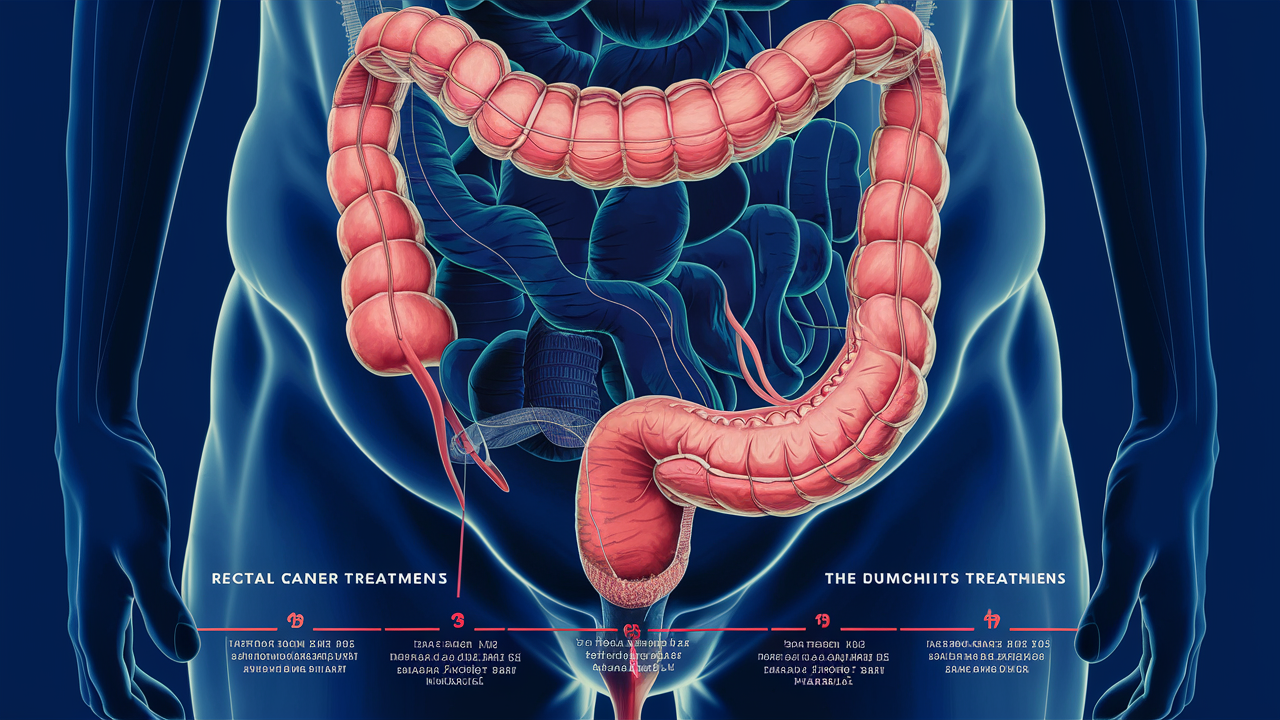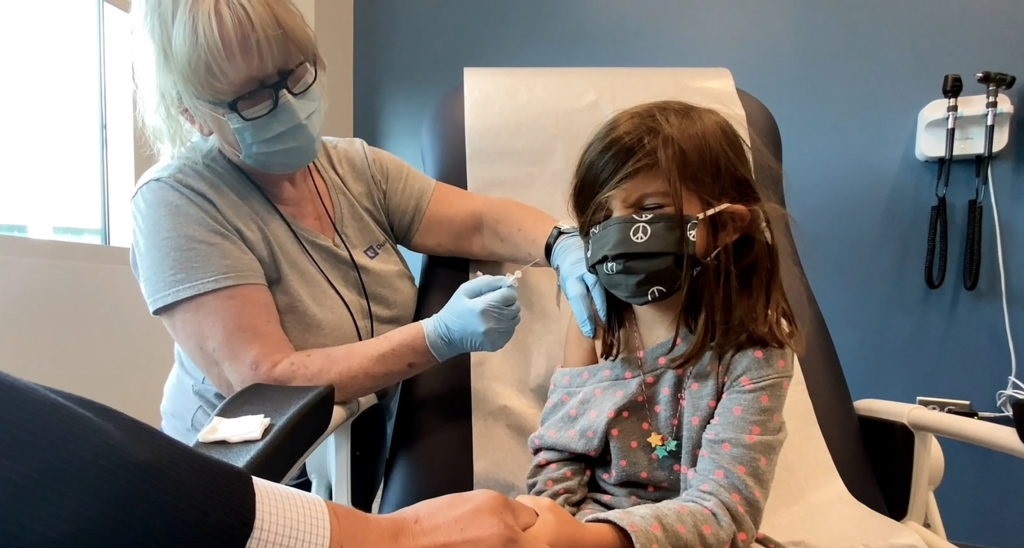New 4-Drug Combination Offers New Hope for People with Newly Diagnosed Multiple Myeloma
A new treatment approach for multiple myeloma, a serious blood cancer, has shown very promising results in a large study called the ADVANCE trial. This study, led by doctors at the Sylvester Comprehensive Cancer Center (University of Miami), tested a four-drug combination that could change how newly diagnosed patients are treated moving forward.
The key difference in this new approach is the addition of a targeted drug called daratumumab to the standard three-drug therapy known as KRd (carfilzomib, lenalidomide, dexamethasone). The results, presented at the prestigious ASCO 2025 meeting in Chicago, show that this four-drug combo—called DKRd—works better without causing more serious side effects.
What Is Multiple Myeloma and How Is It Usually Treated?
Multiple myeloma is a type of cancer where plasma cells (a type of white blood cell) become cancerous and multiply inside the bone marrow. This leads to bone damage, weakened immunity, and complications like anemia and kidney problems.
Standard treatments aim to kill the cancer cells, stop their growth, and help the immune system fight them. One common approach is the KRd regimen:
-
Carfilzomib: a proteasome inhibitor that blocks the breakdown of proteins inside cancer cells, causing them to die.
-
Lenalidomide: boosts the immune system to attack cancer cells and reduces blood flow to tumors.
-
Dexamethasone: a steroid that reduces inflammation and supports the action of other drugs.
The new addition, Daratumumab, is a monoclonal antibody that targets CD38, a protein found on the surface of myeloma cells. It helps the immune system directly attack and remove the cancer cells.
What Happened in the ADVANCE Study?
The study enrolled 306 patients who were newly diagnosed and eligible for intensive treatment. They were divided into two groups:
- One group received the traditional KRd therapy.
- The other received the new DKRd (KRd + daratumumab).
After 8 cycles of treatment:
- 59% of the DKRd group had no detectable myeloma cells—a condition called MRD negativity (minimal residual disease).
- In comparison, only 36% of the KRd group reached MRD negativity.
- Patients in the DKRd group also had longer progression-free survival—meaning the cancer stayed under control longer.
At a follow-up point of about 33 months, 86% of patients in the DKRd group were still without disease progression, compared to 79% in the KRd group.
What About Safety?
One of the most important findings was that the DKRd combination was safe and well-tolerated. Patients didn’t experience more severe side effects compared to the traditional treatment group. This is important because combining multiple powerful drugs always carries a risk.
To ensure safety, researchers only included patients who were fit enough for this intensive therapy—especially excluding those with heart problems or frailty. Tests like EKG and echocardiography were done beforehand to check heart function.
How Do the Four Drugs Work Together?
Each drug in DKRd attacks the cancer in a different way:
- Carfilzomib: causes a buildup of damaged proteins in cancer cells, leading to their death.
- Lenalidomide: helps the immune system recognize and kill cancer cells.
- Dexamethasone: controls inflammation and suppresses harmful immune responses.
- Daratumumab: marks cancer cells so the immune system can destroy them more easily.
Together, this creates a powerful multi-pronged attack on the cancer cells and their environment.
Could This Reduce the Need for Stem Cell Transplants?
Historically, many multiple myeloma patients have gone through autologous stem cell transplantation (ASCT) as part of their treatment. But thanks to DKRd’s strong performance early in treatment, some patients may now be able to delay or even skip the transplant.
Instead, doctors may preserve the patient’s stem cells for the future and move directly to maintenance therapy (typically lenalidomide), which could reduce side effects and improve quality of life.
How Will This Affect Real-World Practice?
Top cancer centers across the U.S.—including MD Anderson, Memorial Sloan Kettering, Moffitt, and others—are already using DKRd in practice. Doctors are optimistic that this regimen will change how we treat multiple myeloma from the start, especially with a growing focus on immunotherapy and targeted treatments.
What’s Next in Research?
Ongoing studies are trying to understand why some patients respond better than others to DKRd. Scientists are looking at genetic differences and tumor biology to find ways to tailor treatment more precisely in the future.
The research team, led by Dr. C. Ola Landgren, is also planning to test combinations of DKRd with new drugs like bispecific T cell engagers—a type of immunotherapy that brings T cells directly to cancer cells. These new treatments could potentially cure some cases of myeloma in the future.
Conclusion: A Step Forward for Myeloma Care
The ADVANCE trial represents a major step forward in the treatment of multiple myeloma. By combining the power of immunotherapy with existing drugs, the DKRd regimen offers deeper, longer-lasting responses—with manageable side effects.
It’s an exciting time for both doctors and patients, as we move closer to more personalized, effective, and less toxic cancer treatments.
Source
ASCO 2025 Study Unveils New Standard of Care for Multiple Myeloma
Bài viết liên quan






